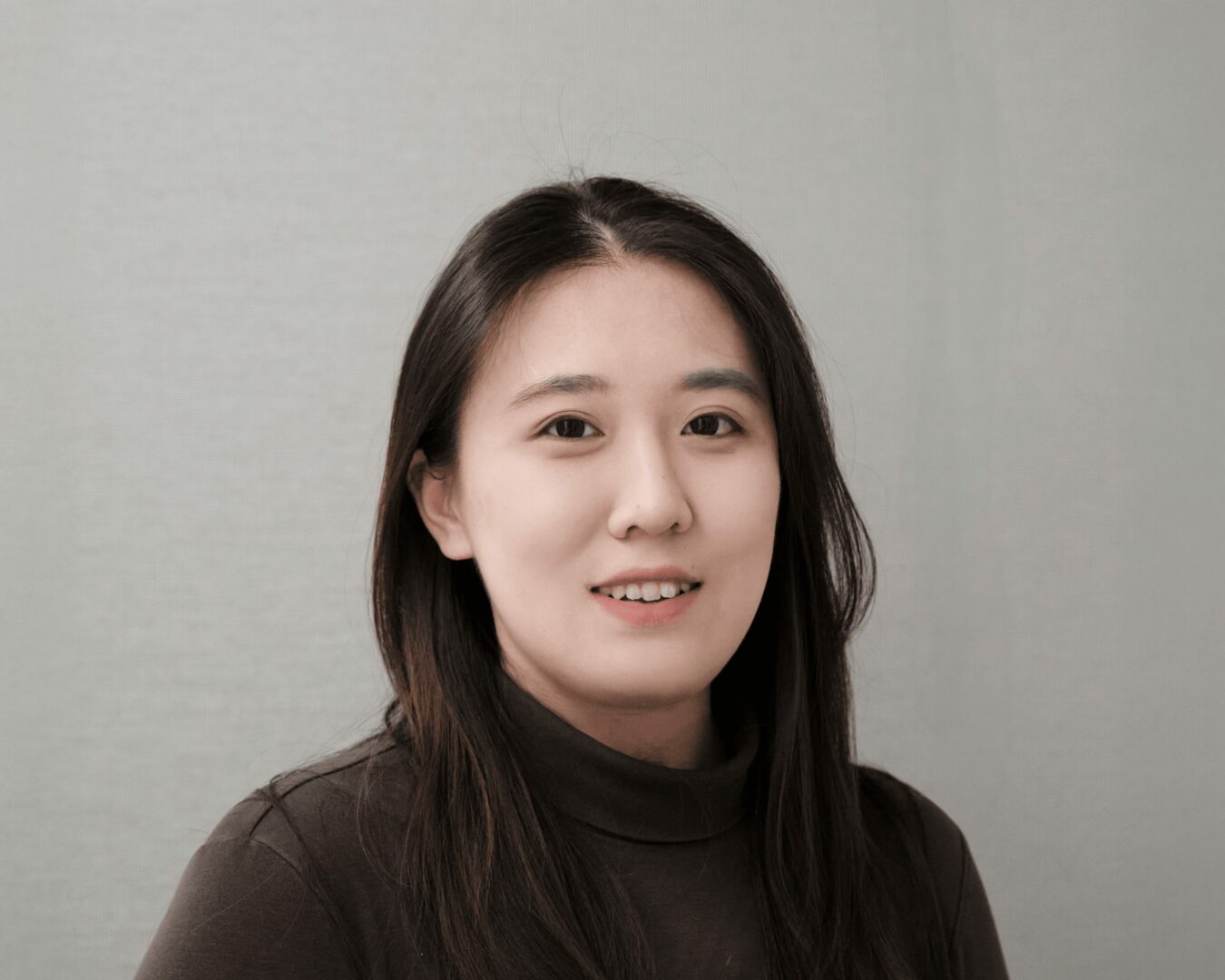We’re excited to introduce you to the always interesting and insightful Yuehui Du. We hope you’ll enjoy our conversation with Yuehui below.
Yuehui, appreciate you making time for us and sharing your wisdom with the community. So many of us go through similar pain points throughout our journeys and so hearing about how others overcame obstacles can be helpful. One of those struggles is keeping creativity alive despite all the stresses, challenges and problems we might be dealing with. How do you keep your creativity alive?
For me, keeping creativity alive comes down to three things: staying curious, keeping moving, and staying connected to the real world.
Staying curious means always keeping an eye out for things that catch my attention, whether it’s a beautifully designed object, a strange pattern in nature, or a quiet moment in the everyday. I try to ask why things are the way they are, how they came to be, and what context shaped them. That curiosity plants little seeds. Some bloom into ideas right away, others stay dormant until they find the right moment to grow.
Keeping moving is about more than observation, it’s about action. When I notice something I’m drawn to, I don’t hesitate to dive in and start learning. That’s how I transitioned from architecture to AR/VR. Every creative field has overlap with another, and I see those intersections as bridges. They are the ways to cross into new areas without losing what I’ve already built.
Staying connected to the real world means I learn best by doing, not just thinking. If something excites me, I want to try it hands-on, get my hands dirty and figure it out through experience. As a designer, I believe creativity isn’t just about ideas, it’s about value, which always centered on solving real problems, connecting with real people, and creating something meaningful in the world.
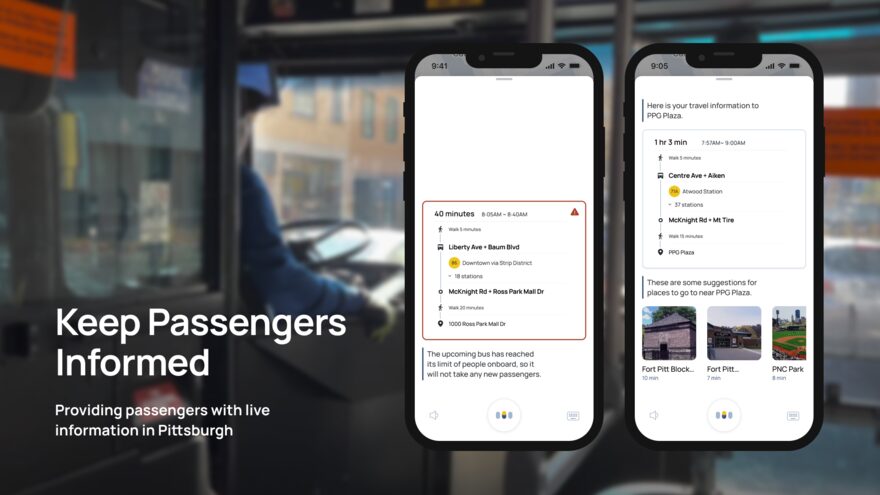
Let’s take a small detour – maybe you can share a bit about yourself before we dive back into some of the other questions we had for you?
I am a product and experience designer focused on emerging technologies, particularly where design intersects with AI and AR/VR. What I find most engaging about the work is the power it provides me to gaze into the future while remaining mindful of actual human needs. I enjoy the challenge of making challenging-to-understand technologies easy, simple, intuitive, and meaningful.
What I consider most significant about design is how it can influence the manner in which individuals experience the world, whether through a digital interface, an experiential museum visit, or a wellness app that assists a person in optimizing their daily health. Design is not merely making something functional or lovely; rather, it is the creation of solutions that communicate, thoughtfully resolve issues, and leave a lasting effect.
Now, I am interested in growing beyond being a designer of interfaces only; I am venturing more into product strategy, cross-functional collaboration, and the social value of design. I also work with Erbal, a wellness startup, to design a more human and personalized online shopping experience for herbal health products. This domain enables me to integrate my interest in design, storytelling, and human health.
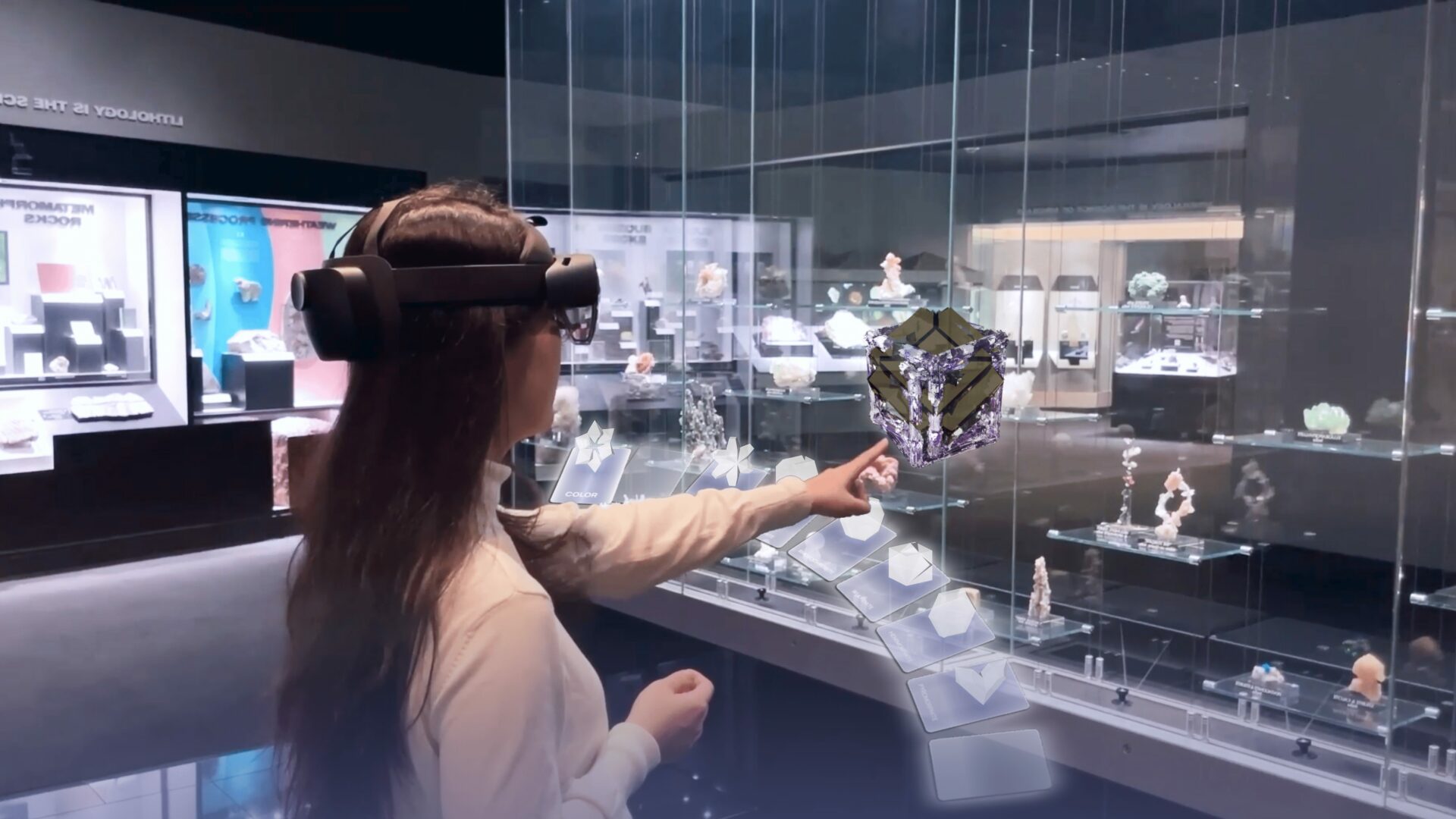
There is so much advice out there about all the different skills and qualities folks need to develop in order to succeed in today’s highly competitive environment and often it can feel overwhelming. So, if we had to break it down to just the three that matter most, which three skills or qualities would you focus on?
Three qualities that have had a significant influence on my journey are adaptability, systems thinking, and communication.
Adaptability has benefited me through career transitions: architecture to UX, environmental design to immersive AR/VR, and now into more strategy-driven product roles in the E-commerce and wellness domain. The design industry evolves so fast, and openness to learning and adjusting has moved me forward. For those starting out, I’d advise: don’t be afraid to pivot. Your skillset tends to translate in ways that open up new doors.
Systems thinking allows me to consider design as more than interfaces: how user needs, product mechanics, and business goals connect. It allows me to design not only for usage but for sustainability and scale. To develop this, I recommend zooming out on a regular basis and asking: how does this piece of work serve the whole?
Communication has been central to bringing ideas to life, that in sound reasoning, collaboration, and stakeholder alignment. Design is not done in a vacuum, and the strength of articulating your thinking, listening, and aligning perspectives is how you bring good ideas to life. As an emerging designer, make a habit of showing work early and often. The feedback loop is where growth happens.
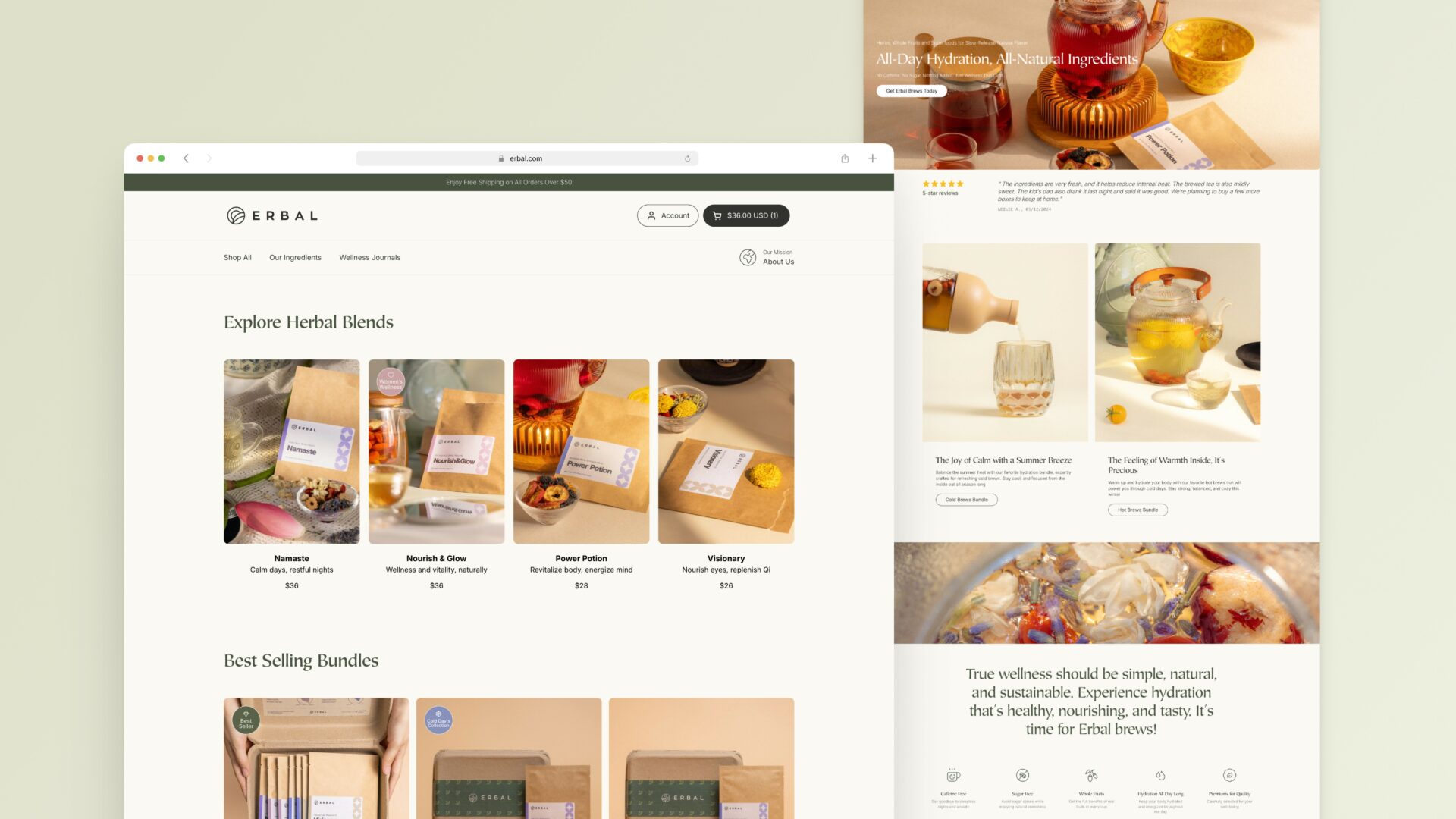
What would you advise – going all in on your strengths or investing on areas where you aren’t as strong to be more well-rounded?
I believe it’s better to go all in on my strengths, especially in a creative field like design. My strengths in creativity, systems thinking, and exploring emerging technologies have shaped my unique approach and opened up opportunities that align with what I do best. Doubling down on what makes you stand out helps you build confidence, impact, and a clear direction.
It’s also important to be aware of areas that need improvement, mainly to support your strengths. For example, I taught myself Unity not to become a developer, but to better prototype XR ideas and bring concepts to life. Strength leads the way, but filling in key gaps can help your strengths go even further.
Contact Info:
- Website: http://www.yuehuidu.com/
- Linkedin: https://www.linkedin.com/in/yuehuidu/
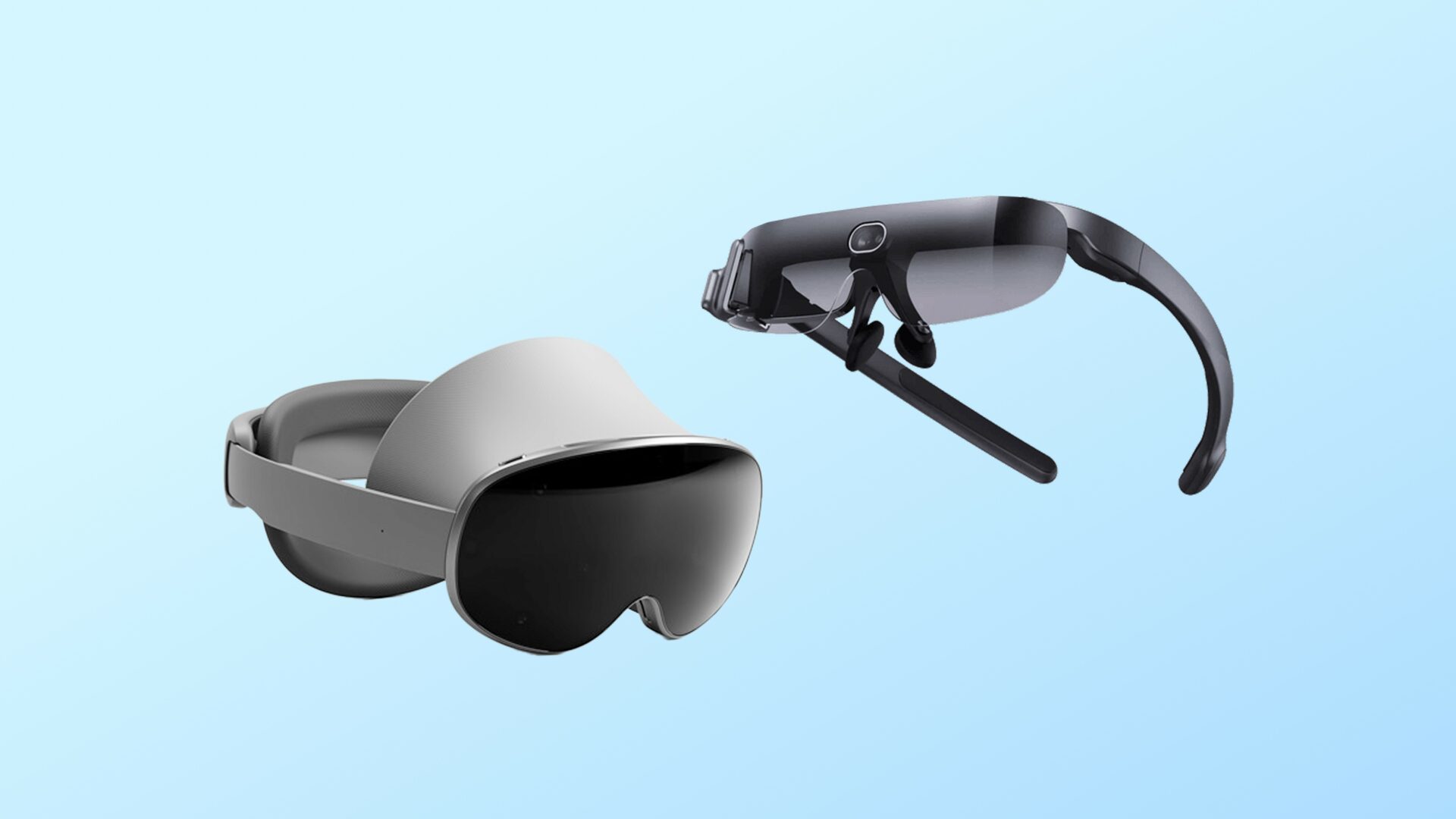
so if you or someone you know deserves recognition please let us know here.

